Apologies for the picture quality in this piece. I can’t get the old school photos out of the old photo album -they’re stuck down firm after 40 years under a sticky plastic film, so I had to take pictures of 40 year old photos.
Reputation: Sheep are stupid, defenceless and harmless creatures that mope about on hillsides doing not very much. They are good for two things: being eaten and producing wool.
Sheep. I like them but I also think they are complete idiots. I like them because a) they’re tasty when they’re young and lamby, and b) they’ve kept me amused through many long field days, providing a welcome low-IQ distraction from having to take notes about boring grey-green rocks in a sodden note book. But they are irredeemably stupid.
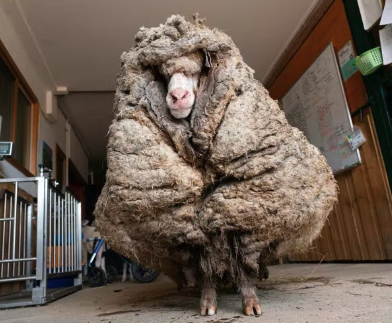
Animal lovers and cuddly vegans would have us believe they’re sentient, caring, intelligent beasts capable of protracted abstract thought. For example, here’s a glowing report card I found on an animal rights website:
“One example of their amazing intelligence is that sheep are capable of recognizing all kinds of faces. They recognize sheep in their flock and are aware when these sheep are missing. They can recognize “bully” sheep and get distressed when they come around. These sheep can even recognize the person who cares for them and the sheepdog that herds them! If the appearance of another individual is altered, the sheep have no problem still identifying who it is, and they can keep track of over 50 different sheep faces! If you make a sheep mad, chances are they are going to remember you and that event for over two years! Talk about a grudge.”
Oooh. Convincing eh? But I have to ask, have these mutton-loving snowflakes ever met a sheep? Leaving aside my vague disquiet at the the thought of a crew of grudge-bearing inked-up sheep casing my house at night and mugging the dog in the back yard, I don’t buy a word of it. They also claim that sheep have decent enough memories to form friendships and they feel sad when one of the flock is hauled off to Sam The Butchers for its final date with sausage machine. But everywhere I’ve worked, except down a mine -no sheep there, funny enough- I’ve only ever seen sheep, and their close cousins goats, studiously eating grass which is not what I’d call a challenging intellectual pastime. Hence, building on decades of keen science-based observation (trust me, I’m a geologist) I’m now 100% certain that they’re not the brightest knives in the animal cutlery drawer. They’re dumb as planks and the field researchers who call them smart have never actually interacted with a real sheep in a real field trying to do something that isn’t stupid or involving grass.
Negative IQ
Add up the collective IQs of a herd of sheep and the final tally will be well into the red. Every so often you’ll catch sheep doing something so spectacularly idiotic, it’s a bloody miracle that they ever survive to become adult sheep. A case in point: why do they let themselves be pushed around by the same mangy old sheepdogs every day despite having the numbers –and the size advantage- needed to dole out an old school trampling? If their memories are that good, you’d think they’d have worked out by now that faithful Shep the border collie is never actually going to bite them, and just likes to run around yapping at them. To quote from a Kiwi website about farm animal intelligence -and God only knows the Kiwis have a LOT of sheep so they should know:
“You just cannot find a dumber barnyard creature than a sheep. My wife and I watched sheep being herded by Border Collies in New Zealand. (They) would just cower at the sight of a dog that was one-tenth their size….”
There is power in a union. Organise girls, organise…
And So To Scotland
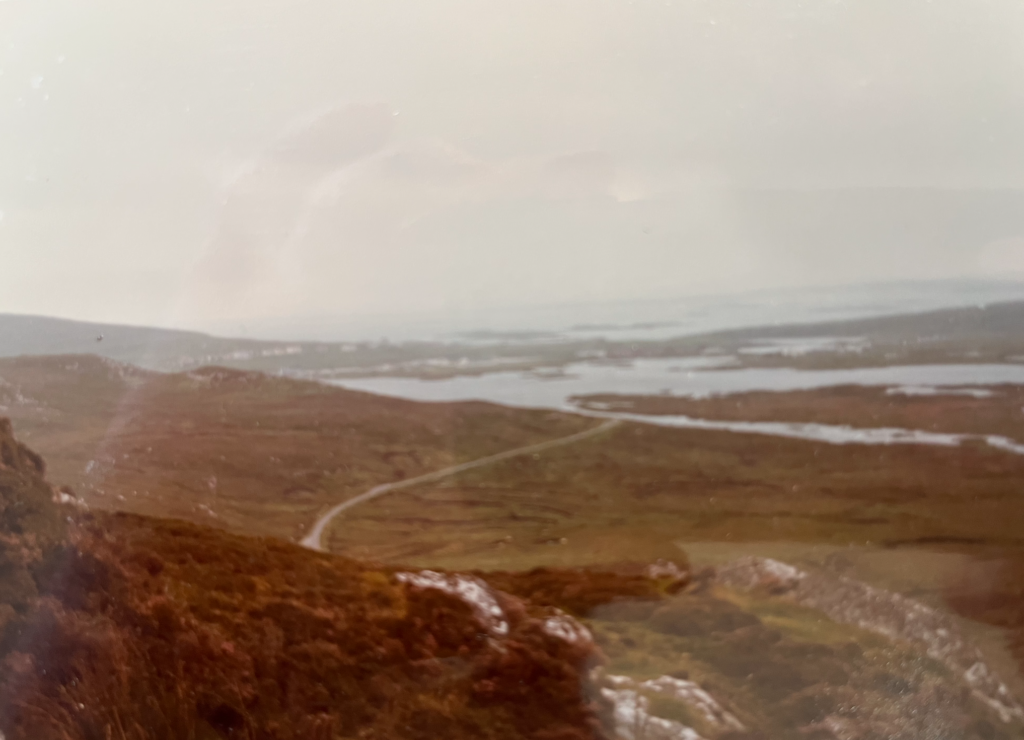
In the summer of 1983, I was heading into my final year of undergraduate geology. For my BSc mapping project, I travelled with 3 geo-friends to the island of South Harris in the far northwest of Scotland. Harris is part of the Outer Hebridean island group; a beautiful archipelago underlain by some of the oldest rocks in Britain. The Lewisian complex of gabbroic gneisses, anorthosites and granulites on South Harris is a smorgasbord of fascinating metamorphic rocks, overthrust in places, and cut by chunky shear zones and Tertiary doleritic dykes. It was a perfect spot for a final year mapping project and a great place to experience the full idiocy of sheep.

The Hebridean locals have a close relationship with their sheep. Not as close as the Welsh allegedly (ahem…Ed.), but wool and mutton are a big part of the fabric of life in the Western Isles. There’s a local story, possibly apocryphal, about how the ferry company that services the islands -Caledonian McBrayne- offered a discounted fare to anyone transporting sheep in their vehicles. So, each time the locals took a ferry, they’d stick an unhappy sheep on the back seat of their car to lock in the discount and fleece the ferry company.
Cattle Grids. Rinse. Repeat.
Anyways, the four of us rented rattly old bikes to cycle around our field area near the village of Leverburgh, clunking along the bleak wind-swept Hebridean roads at the kind of break nothing speeds that only a poorly maintained 3-speed bike can give you.
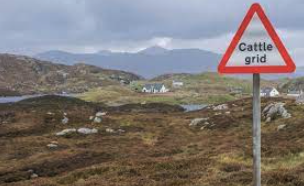
Cattle grids were a common hazard and a real danger. The slippery, bumpy grids of metal pipes -designed to stop something with 4 legs from going from one field to another- can cause terrible damage if you hit one unawares which we often did late at night after a pint or 4 and half a dozen large shots of whisky at the storied Rodel Hotel, now sadly gone.
But the grids didn’t deter the local sheep. They’d bravely set out across them, heading from one desolate windswept moor to another barren, rain-drenched hillside and would immediately drop through the pipes. On one grid we found 3 of them, all 12 legs jammed down grid with no chance of getting themselves out. God only knows how long they’d been there; the local school bus hadn’t passed by yet, and they could count themselves lucky that there were no real predators to take advantage of their predicament.
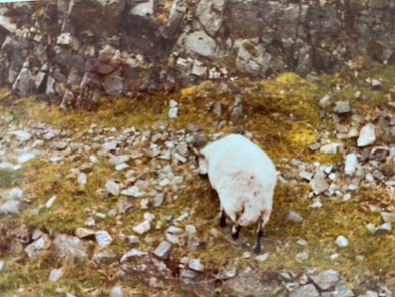
When we found them, we’d jump off our bikes and grab the ungrateful beasts by the thick, stinking wool on their backs. There’d be lots of bad-tempered bleating and some half-hearted thrashing around as we carried them over the grid to the safety of the grass on the other side where they’d run off to find a patch of coarse grass that they hadn’t yet crapped on. And the next day, they’d be back, stuck in the grid again.
We also found them marooned upside down in the roadside ditches, legs twitching as they struggled to free themselves. God only knows how they managed to get stuck other than by a wilful act of moronic self sabotage. The ditches weren’t that deep or wide but still, there they were on their backs, stuck firm. None of them were ever grateful for being rescued. When we placed them right-side up back on the road, they’d immediately run off looking for a cattle grid to fall through. Some would run off in a blind panic. Others, suffering from exhaustion or temporary shock would stand stock still for a few minutes and then run off. The meanest would turn on us, trying to head butt whoever had lifted them out of the ditch and then they’d run away in a blind panic.
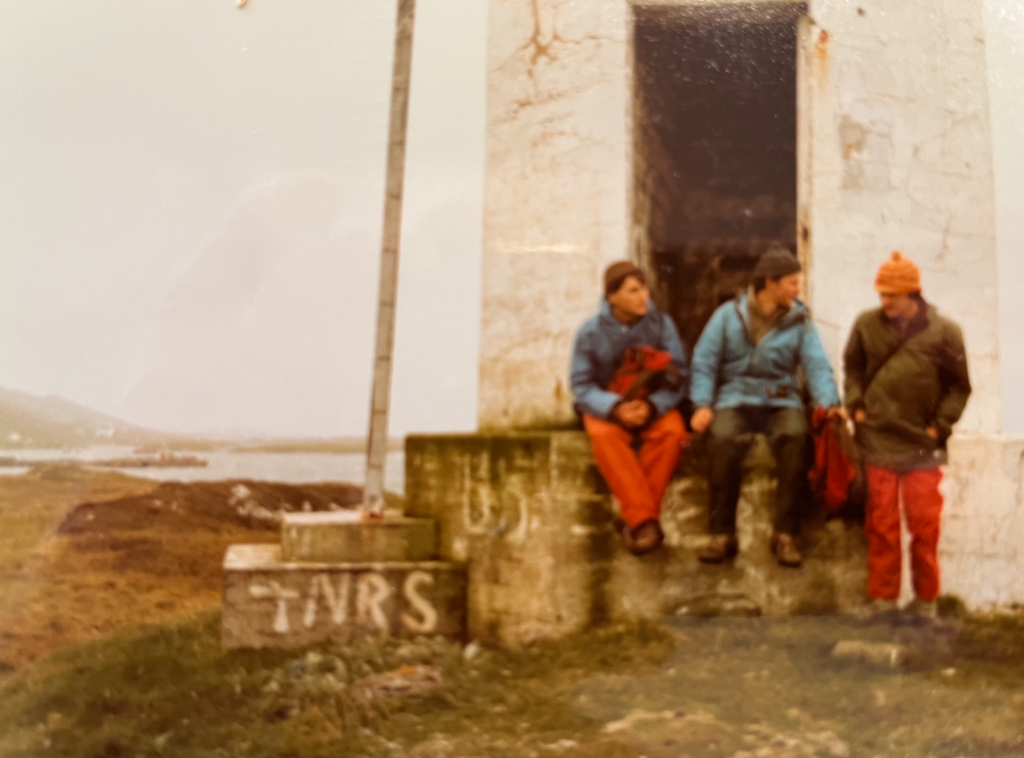
Salty Grass
Hebridean sheep are particularly fond of eating salt grass and South Harris has a number of beautiful, shallow, white-sand beaches where it grows in abundance. When the tide was out, the sheep would amble out onto the white sand to graze on the clumps of salt grass. It was so tasty, that they’d graze and graze and when that was done, they’d graze a bit more just for the hell of it. They’d graze so long, that the tide would start coming in and I can tell you with 100% certainty that sheep cannot read tide charts.

As the water rose, the pea-brained animals would stay frozen to the spot where they’d been grazing, unwilling to walk back to the shore if they couldn’t see the ground. The salt water would climb up their skinny black legs, until all that was visible was a small cluster of white cotton wool puffs out in the bay, each capped by a miserable black head, bleating sadly to its waterlogged mates. They were incapable of making the connection between 1 minute of walking and the safety of the rocky foreshore. They’d emerge when the tide went back out, a lot wetter than when they went out to graze. And yes, the next day they’d be out there again, enjoying a whole new tidal adventure.
And with that, I rest my case. Sheep are idiots.
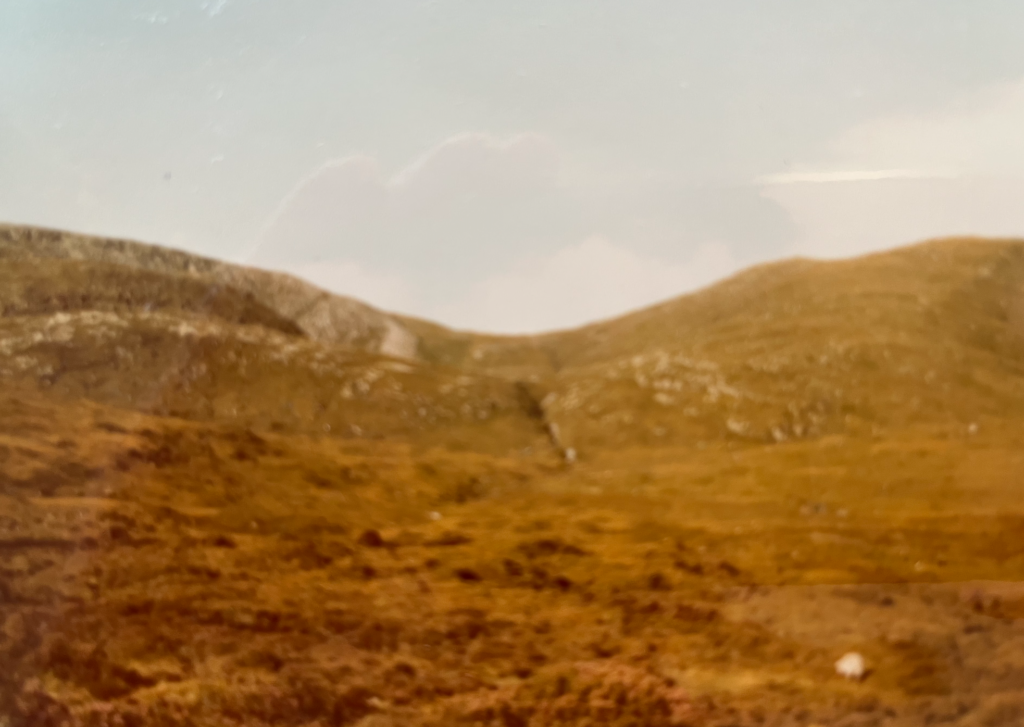
And remember
If you share my lowly opinion of muttony intellect, please subscribe to this blog via the incredibly intelligent subscription box at the top right of this page. Its free! Yay. Who doesn’t love something for nothing? The catch? Every so often I’ll send you another 1,500 words of deeply deepness that may or may not have something to do with the exploration & mining industry.
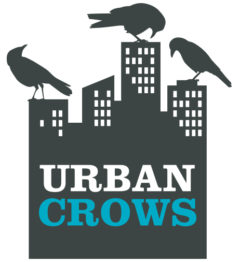

Ever run into Icelandic sheep, Ralph? They’re all over the place. They’re dumb, and they’re mean. They gang up on unwitting passersby, galloping over to them in shaggy packs and glaring at the trespassers along their long noses with cross-eyed malevolence. Then they waggle their horns. Then you move away swiftly. Yep. Mean, stupid, aggro sheep. Good wool though.